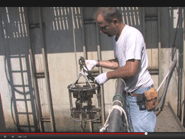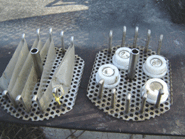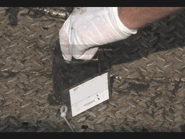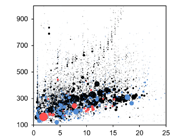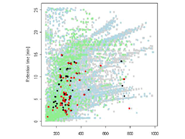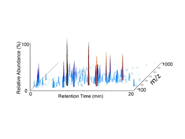You are here
Case Study 3
Validation and harmonisation of an analytical methodology for routine laboratories: brominated flame retardants (DecaBDE)
In the third case study, an emerging pollutant that belongs to the group of brominated flame retardants, decabromodiphenyl ether (decaBDE), was selected. For this compound an updated risk assessment have recently (Spring 2004) been performed. Reviewing the data on exposure, fate and effects that had become available since the original risk assessment was completed, showed that there was a need for further information and/or testing. The need for monitoring of decaBDE arose from the concerns raised in the risk assessment report over the findings of this pollutant in certain species of predatory birds and, particularly, their eggs. The effects of these residues are unknown but they could indicate a potential for biomagnification. A secondary concern was also raised over the possible degradation to more accumulative and toxic products. The assessment concluded that environmental monitoring in different matrices should be carried out for decaBDE, including metabolites if possible.
Taking into account both the need for monitoring and the difficulties in analysis, decaBDE seemed to be an ideal example for a case study in order to transfer knowledge from expert laboratories – which have to date been the only ones to produce satisfactory results in decaBDE analysis in interlaboratory exercises – to routine laboratories (see Validation level 3 protocol).
In this study a sequential approach was followed, starting with a first round exercise among the expert laboratories in order to harmonise the methods, followed by a second round with routine laboratories to test the harmonised methods at the routine level. Samples of air (dust) and sediment/soil (sewage sludge) were selected at different concentration levels.
The results of the intra-laboratory study are reported in the Final Reports – PBDE in dust (Round 1 inter-laboratory study and Round 2 inter-laboratory study)
For more details on this case study you can contact the Work Package leader Peter LEPOM .

